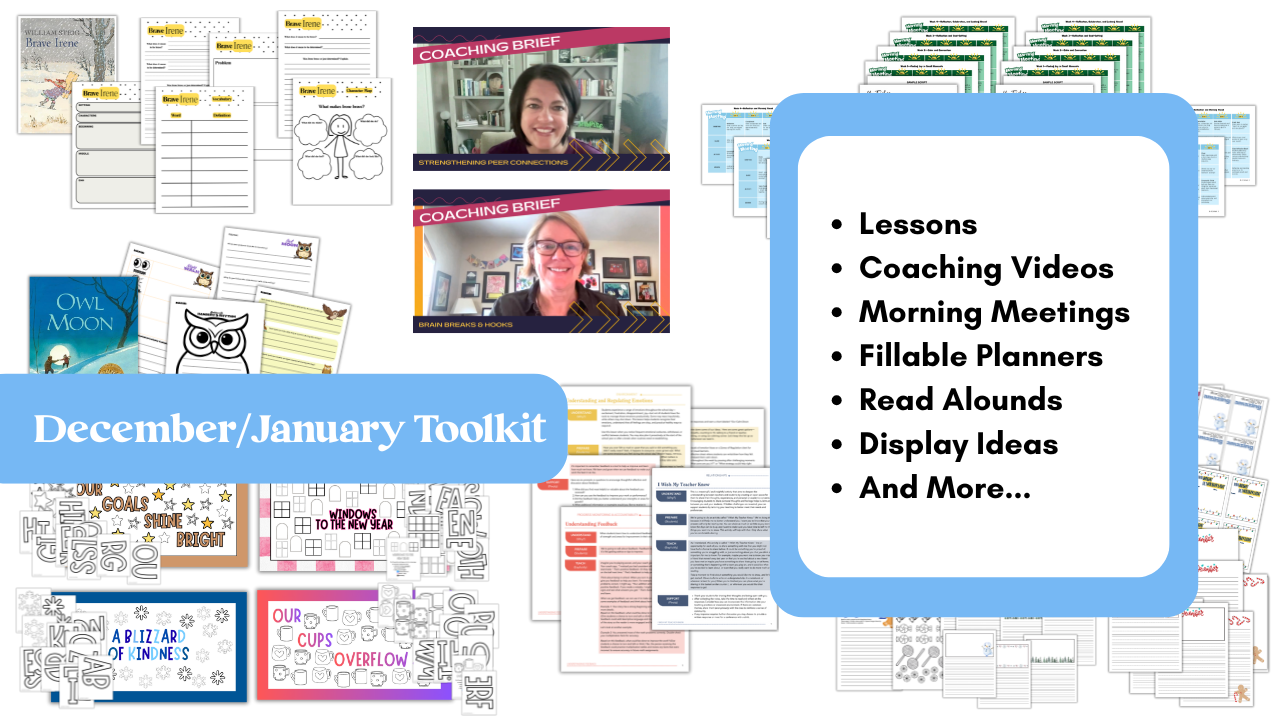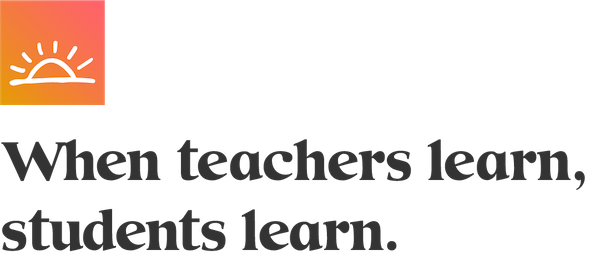
We all want our students to succeed—but how do we know if they’re actually getting there? That’s where progress monitoring and accountability come in. It’s not about adding more tests or checking boxes, it’s about making sure we’re meeting students where they are, moving them forward, and staying connected to their learning every step of the way.
At its core, progress monitoring helps answer two key questions:
- Are students growing?
- And, how do we know?
Regularly tracking student progress helps teachers catch learning gaps early, celebrate growth, and give students timely, targeted feedback that fuels motivation. When students can see how far they’ve come, and where they’re headed, they become more engaged in their learning journey.
What the Research Says
John Hattie’s Visible Learning research reminds us that knowing your impact as a teacher is one of the most powerful things you can do. He encourages us to focus less on test scores and more on actual progress, ensuring students make at least a year’s worth of growth for a year’s worth of teaching.
Here’s how progress monitoring and accountability show up in Hattie’s work:
- Teacher Clarity (Effect size: 0.84)
Students need to understand what they’re learning and how they’ll know they’ve succeeded. That’s where clear goals and success criteria come in—and regular check-ins make that learning visible. - Feedback (Effect size: 0.70)
Feedback is most powerful when it’s timely, specific, and helps students close the gap between where they are and where they need to be. Progress monitoring gives you the data and moments to make feedback matter. - Assessment Capable Learners (Effect size: 0.75)
When students are taught to reflect on their learning, track their progress, and adjust their strategies, they become active participants in their growth—and that changes everything.
Accountability That Works
Accountability isn’t about pressure. It’s about professional responsibility and collaboration. Hattie’s research shows that when teachers work together to diagnose needs, plan interventions, and evaluate results, the impact is far greater than any top-down policy or structural reform.
He also cautions us: piling on more assessments or relying on rigid accountability systems doesn’t actually move the needle for kids. Instead, real accountability starts in the classroom—with teachers who reflect, adapt, and support each other in making learning visible.
Here are a few simple ways to bring progress monitoring and accountability to life in your classroom:
- Use student-friendly learning targets and success criteria.
- Conference with students regularly about their goals and growth.
- Collect quick formative data—exit tickets, goal trackers, checklists.
- Create time for students to self-assess and reflect.
- Collaborate with colleagues to analyze student work and share strategies.
When we make progress visible and hold ourselves accountable to student growth, we do more than measure learning, we accelerate it.
Progress monitoring and accountability aren’t about adding more to your plate, they’re about sharpening your focus. When we track what matters and support each other in doing it well, we set every student (and teacher) up for success.



